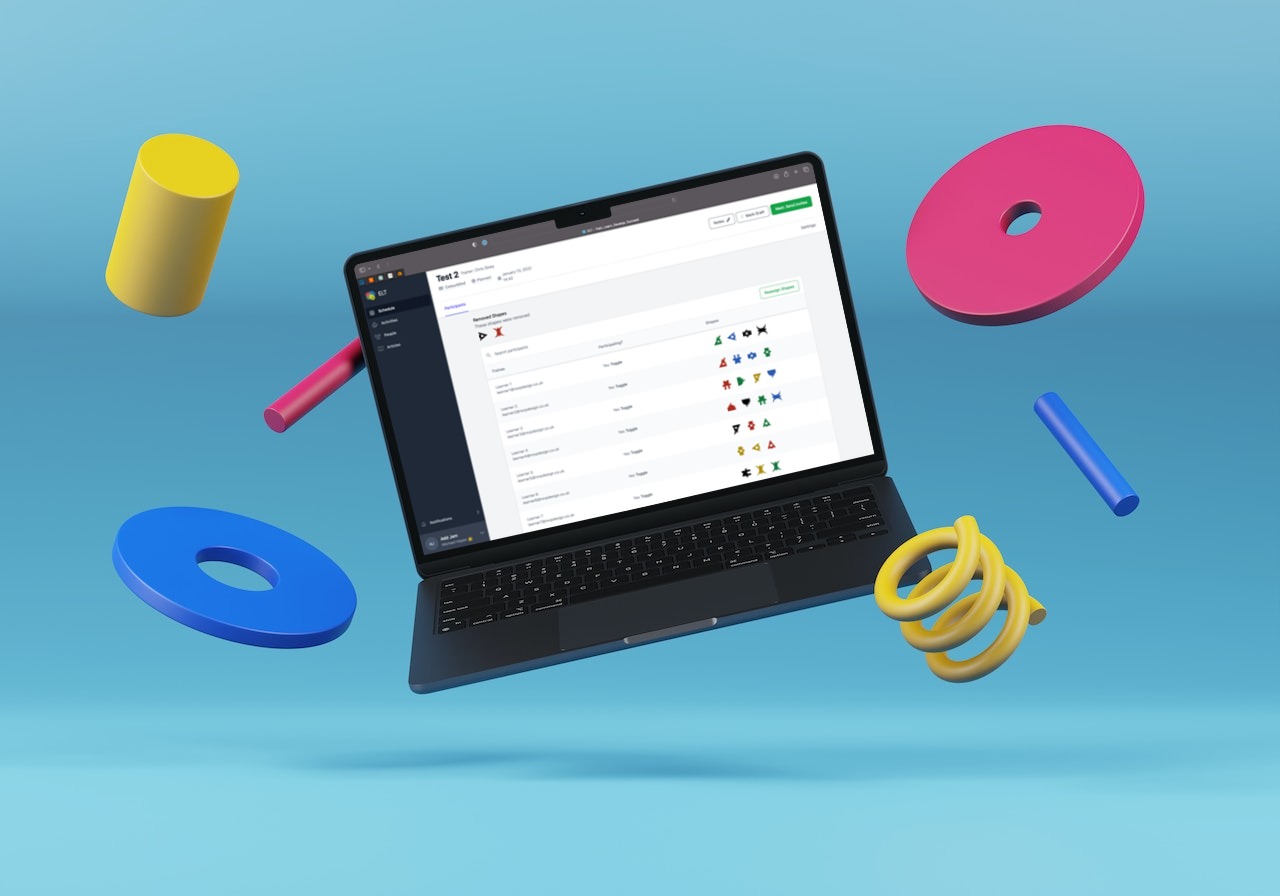
Helping global teams work better together.
Modern teams need to be productive with colleagues across large distances, indeed across borders. ELT helps to bring teams together through shared experiences.
Bridging the gap in global team management
Our innovative tools are designed to seamlessly connect global teams, enabling effective collaboration across time zones and cultural divides. Experience how our activities foster a shared understanding and stronger team cohesion, no matter where your team members are located.

Cultivating a unified culture in remote teams
In today's remote-first world, creating a cohesive team culture is more important than ever. Our tools are specifically designed to help global teams build a strong, unified culture, fostering an environment of mutual respect, understanding, and collaboration, regardless of physical distance.

From the ELT Blog
We post regular content on our blog such as learning design, industry insights and case studies. Check it out and see how you can apply Experiential Learning techniques in your organisation.
Unlock your learning potential with our free eBook
Subscribing to our newsletter not only keeps you updated with our latest activities, tools, and learning strategies, but also gives you a free copy of our eBook - "How to Use Experiential Learning Methods Online: A Comprehensive Guide".
The eBook is packed with insights and strategies to enhance your learning skills.
Subscribe & Get Free eBook
Sample some of our activities you could use

Colourblind Plus® Online
A communication focused team building activity designed to develop these skills in individuals, small groups and larger teams.

Simbols Online
Interactive activity for improving communication skills within a team. Use problem solving techniques and strategic thinking to succeed in this challenging activity.

Colourblind® Online
Develops effective communication and team building skills and helps virtual teams recognise problems caused with imprecise communication and language
How else can you use Experiential Learning Tools?
Our tools are adaptable and can be used for:



